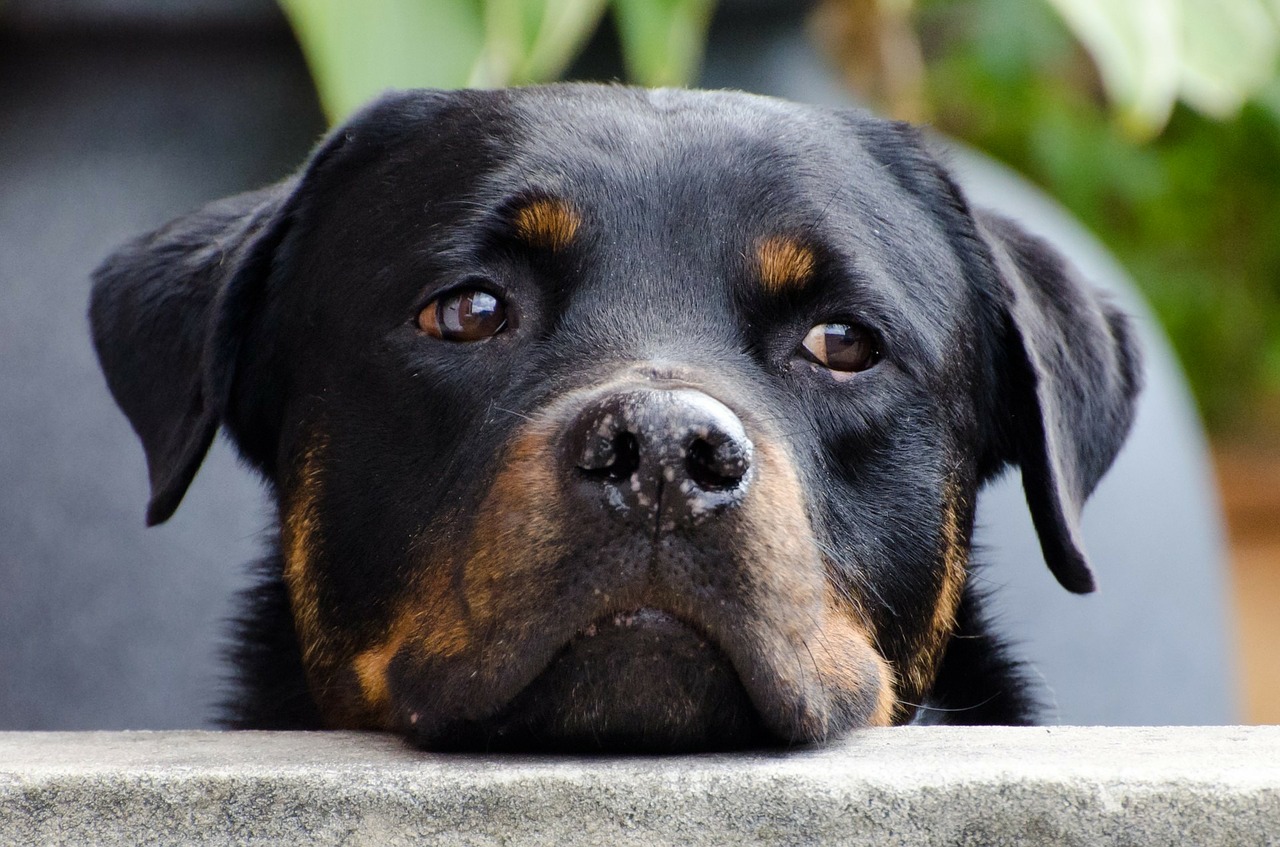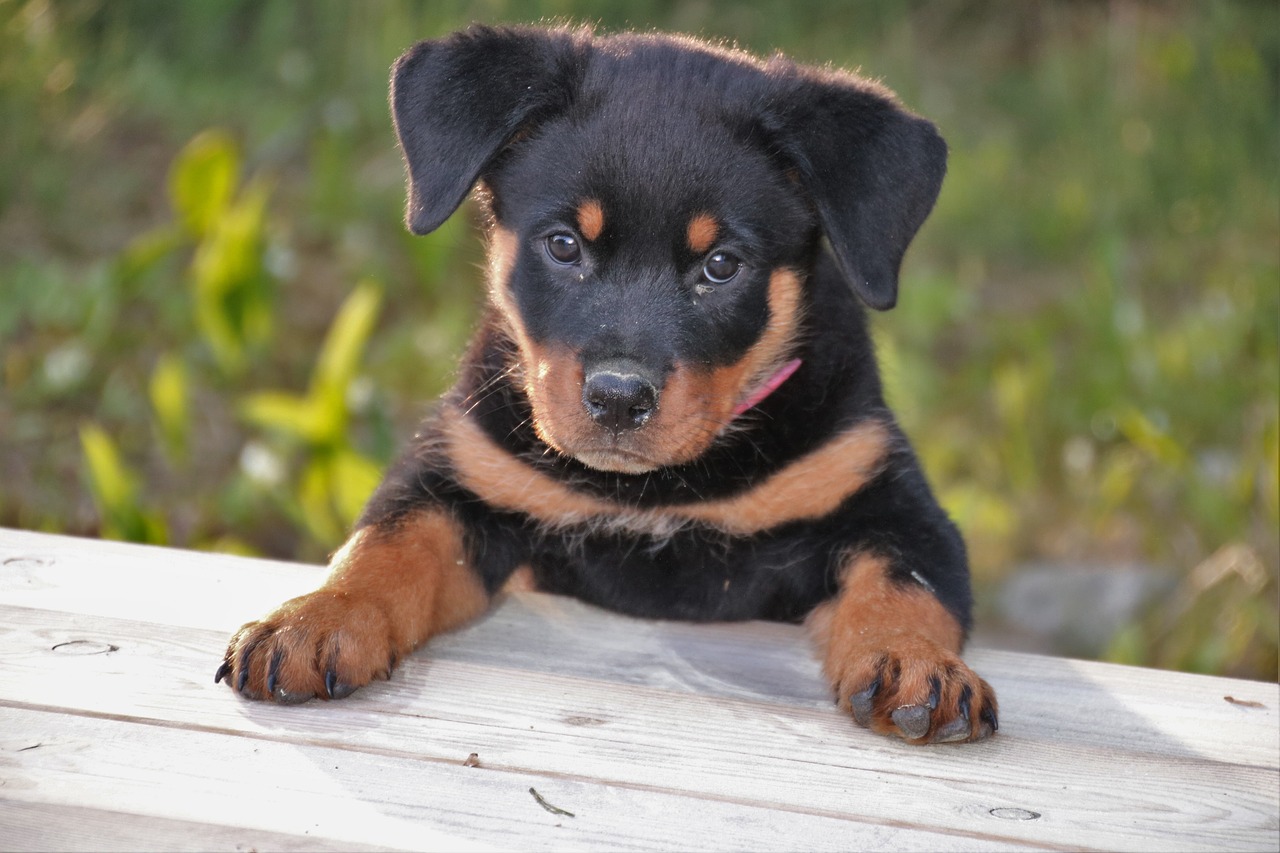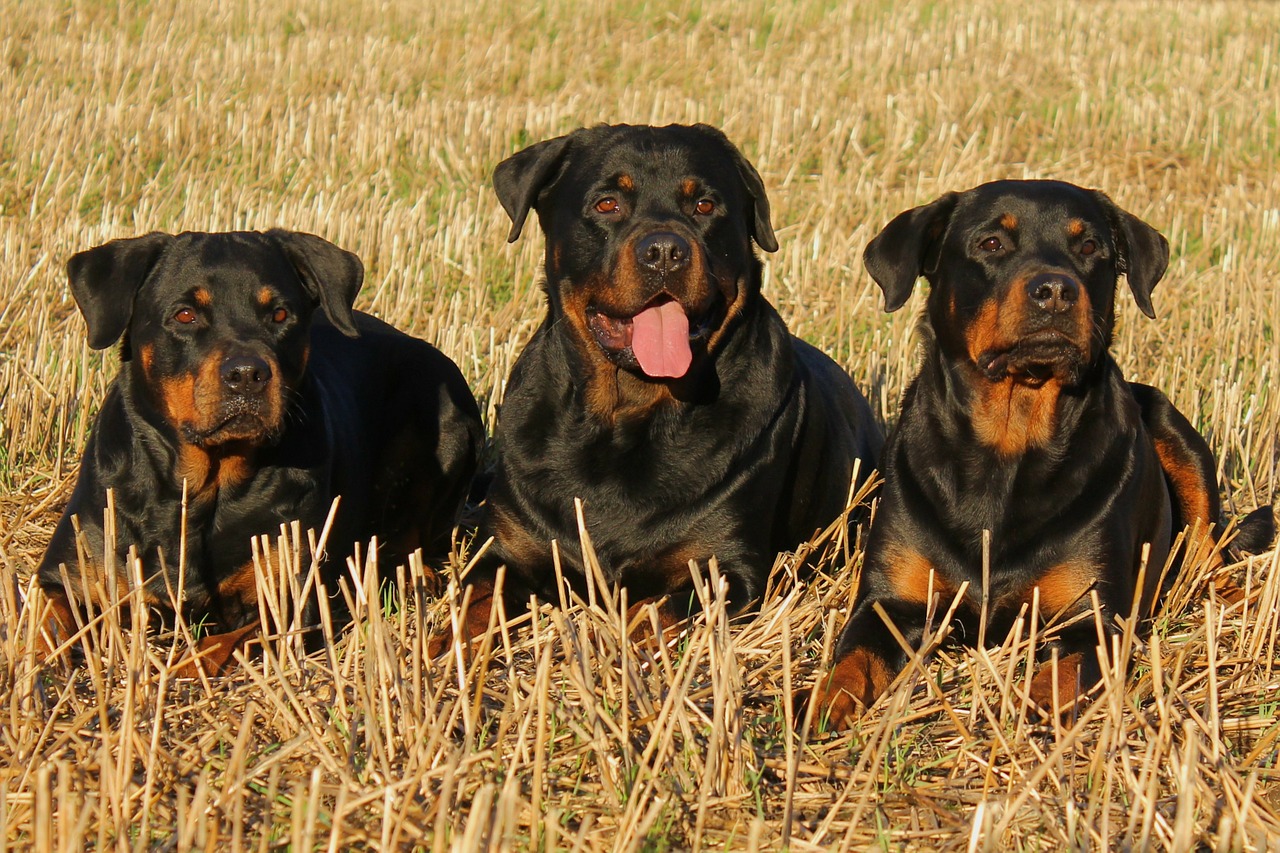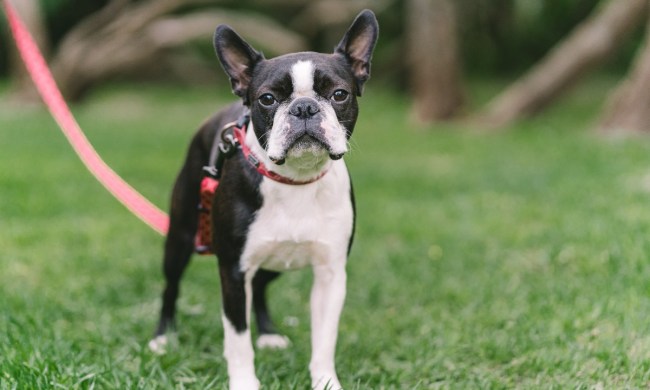With their intense eyes and powerful frames, Rottweilers are intimidating pooches. (Damien Thorne’s devilish protector in The Omen comes to mind.) But everyone who’s spent time with a Rottweiler knows the truth: they’re lapdogs in big bodies. Rottweilers are famous for being affectionate, gentle with children (if properly trained), and oftentimes silly dogs, making them ideal for families. One thing to keep in mind before you adopt a Rottweiler, though: Rotties need more grooming than you might think. Here’s everything you need to know about Rottweiler grooming.

The Rottweiler’s Roman beginnings
As one of the world’s oldest dog breeds, the Rottweiler’s ancestry dates back to the days of the Roman Empire. The Roman legions needed hard-working, loyal dogs to help haul and defend their food source–herds of wild animals–through soon-to-be-conquered lands. These enterprising Romans bred Asian mastiffs with other breeds, creating the Rottweiler’s oldest ancestors. The breed eventually found its way to the German town of Rottweil, hence the name Rottweiler, which means “dog of Rottweil.”
Despite their fearsome appearance, modern-day Rottweilers–affectionately known as Rotties–are much more likely to climb onto your lap for a snuggle session than drive cattle. But with their intense desire to please, durability, and devotion, Rotties have proven to be incredible service dogs, law enforcement offers, and therapy dogs. Even so, our caring companions require a spa day occasionally.
Do Rottweilers need haircuts?
Rotties are known for their glossy, black-and-rust-colored coats. Regular brushing and the occasional bath may be enough to keep your pup’s coat in tip-top condition. However, even short-coated dogs can have the odd patch of fur that becomes overgrown. If your dog has slightly longer patches of hair, trim his coat with high-quality clippers or scissors designed for hair cutting. (Not your kitchen scissors, please!)
How bad do Rottweilers shed?
While Rotties don’t shed as much as some breeds, these hardy pups shed a moderate amount of hair year-round. Your Rottie will also go through a period of heavy shedding twice a year, making regular grooming a must. And don’t forget to toss your pup’s bed in the wash at least once every two weeks. You’ll probably want to vacuum your dog’s bed, too, especially during his twice-yearly sheds.
Is it okay to shave a Rottweiler?
A common myth most dog parents have heard at least once is that shaving your dog cuts down on shedding. Technically speaking, it isn’t a myth. Your dog will shed less when he’s bald, but that doesn’t mean you should shave your dog. Not only does your dog’s coat provide protection against both heat and cold, but leaving your pup’s skin exposed to sunlight could result in a nasty sunburn.

Why your Rottie needs regular grooming
There’s no need to worry about a costly appointment with a professional; as long as your pooch is accustomed to being groomed, you can give him a spa day in the comfort of your own home. (Just make sure to feed and exercise your dog beforehand. He’ll be much more cooperative if he’s full and tired from playtime.) Here are five reasons why you need to groom your Rottie:
#1: Rotties are prone to skin conditions
Rotties have stunning, shiny coats, so it may surprise you to learn that the breed has a genetic predisposition to developing skin conditions like atopic dermatitis, eczema, and skin allergies. Monthly baths with nourishing, hypoallergenic shampoo can help reduce flareups. As always, see your vet if your pup has dry, irritated patches or uncontrolled itching.
#2: They drool… a lot
Like all dogs with jowls (also called flews), Rotties tend to drool a lot. Males typically have looser jowls than females, meaning Fido is more likely to slobber than Fifi. Even so, all that drool can mix with food particles, dirt, and debris, leaving behind a goopy mess on your pup’s face—and then he’ll still want to kiss you. So we recommend keeping his face clean for his sake and yours!
#3: They need their ears cleaned
While dogs with erect ears can get away with monthly cleanings, your Rottweiler’s floppy ears need to be cleaned every week. If you see your dog pawing at his ears, or if you notice unusual discharge or a noxious odor, take your dog to the vet for a checkup.
#4: They need their nails done
Not only does keeping your dog’s nails neatly trimmed protect you, and your floors, from scratches, but it also benefits your pup. The quick (the pink part of the nail) is filled with blood vessels and nerves. If the quick extends the full length of the nail, your pup is essentially walking directly on her nerves. Ouch! Thankfully, monthly trims naturally decrease the quick’s length, allowing your pup to walk painlessly.
#5: Their health may depend on it
You might not think regularly bathing your dog could save his life, but it’s true. As you wash your dog, you’re able to feel the length of his body from teeth to tail. If you find a tender spot or feel a suspicious lump, you’ll be able to seek treatment much sooner than pet parents with less hands-on knowledge of their dog.

Bathing your dog doesn’t have to be difficult, but it can seem intimidating when you need to bathe a massive Rottie. Thankfully, these sturdy dogs are typically eager to please. Just remember: never force your dog into a tub or shower. You’ll only succeed in frightening him. Take your time, make a game of it, and you may end up jealous of your pup’s shiny coat.



